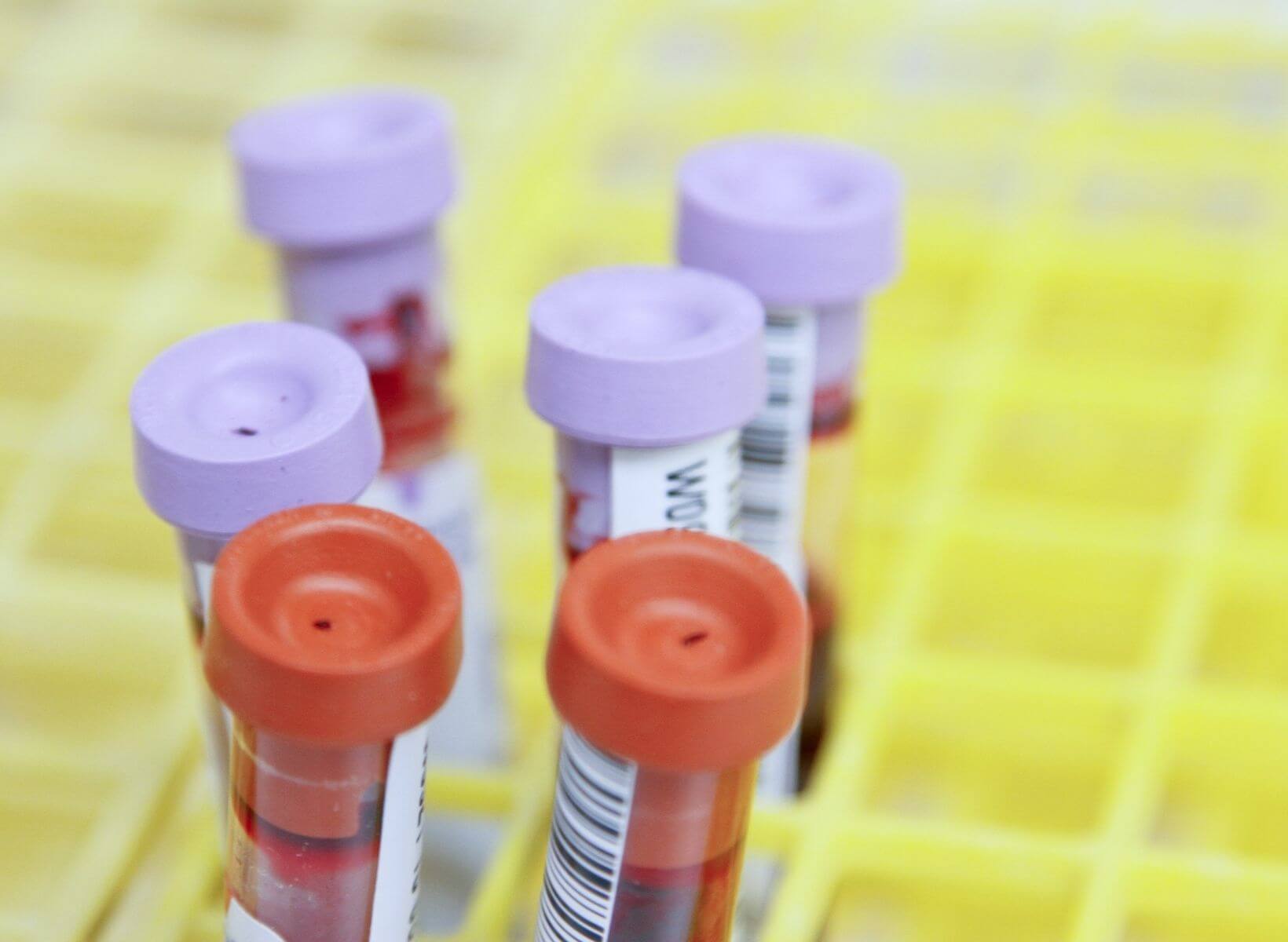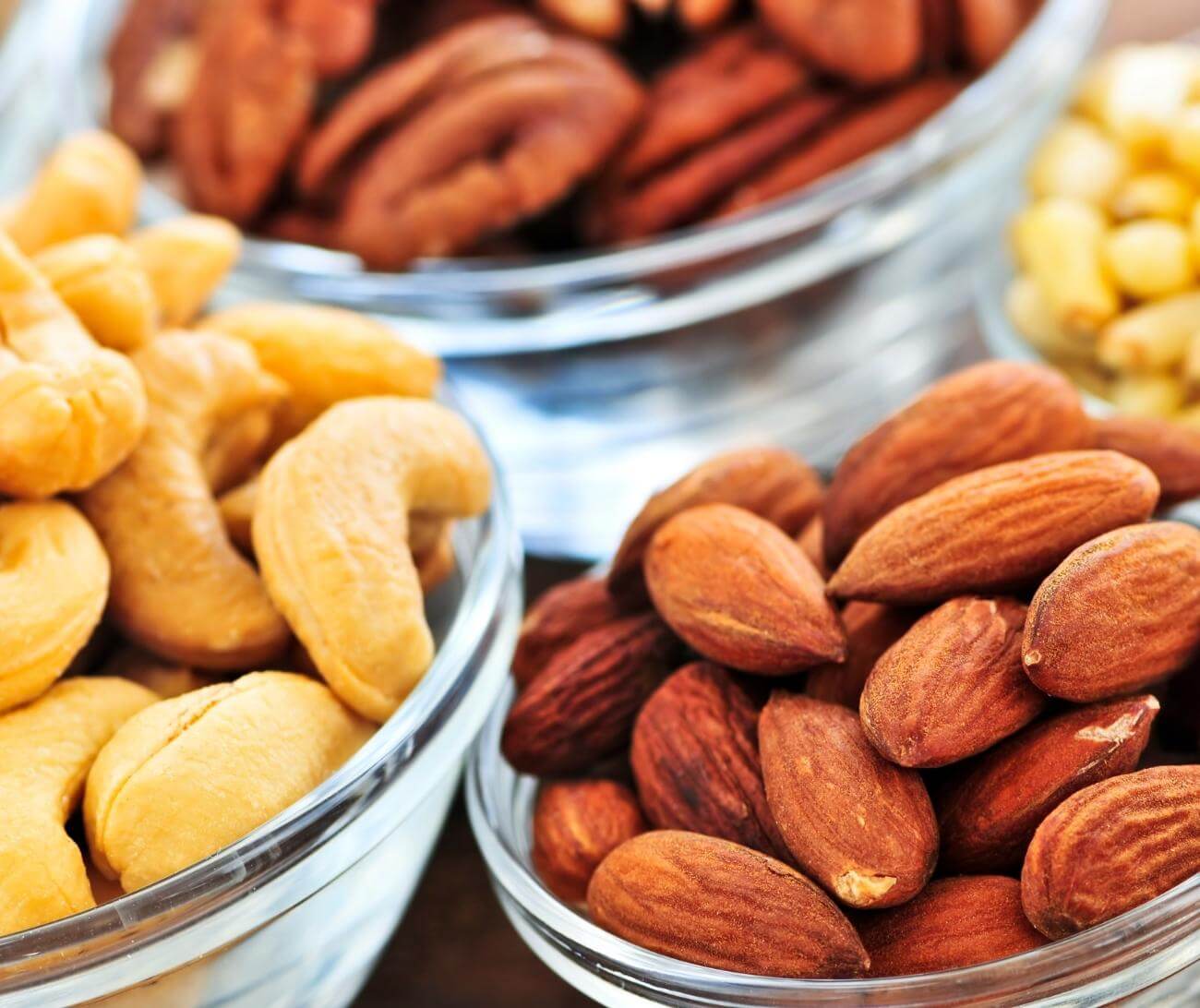The liver is arguably your most hard-working and versatile organ. Most people associate the liver with detoxification, but it also involves metabolism, immunity, digestion, and vitamin storage.1 When the liver becomes damaged through a condition called Non-Alcoholic Fatty Liver Disease (NAFLD) and is unable to function normally, there are major negative rippling effects throughout the body.
NAFLD is the most common cause of liver transplants, estimated to affect 30% of people in the United States.2 Several genetic, hormonal, and socioeconomic risk factors increase the risk of NAFLD, but it’s most closely associated with metabolic syndrome.
Metabolic syndrome is a group of conditions (high blood pressure, high triglycerides, low HDL cholesterol, high blood sugar, and excess abdominal fat) that raise your risk of heart disease, diabetes, stroke, and NAFLD.4,5 The good news is proper nutrition and other lifestyle changes can help manage and even reverse non-alcoholic fatty liver.
{{mid-cta}}
Non-Alcoholic Fatty Liver: What Does It Mean?
As its name describes, a fatty liver is the build-up of triglycerides and other fats within the cells of the liver.3 Due to various causes, liver cells ( hepatocytes) can accumulate fat droplets. NAFLD is diagnosed when more than 5% of hepatocytes contain fat.
This abnormal collection of fat in the liver, known as hepatic steatosis, can progress to a more serious condition called non-alcoholic steatohepatitis (NASH). NASH occurs when there is a build-up of fat and subsequent liver inflammation, which damages the hepatocytes. NASH is a serious condition that can lead to cirrhosis, liver failure, and liver cancer.5
Here are the most common signs and symptoms of fatty liver:
- Abdominal pain
- Nausea
- Swelling of the legs (edema)
- Yellowing of the skin and eyes (jaundice)
- Fatigue and weakness6
Main Causes of Non-Alcoholic Fatty Liver Disease
NAFLD can be caused by a combination of factors including insulin resistance, hormones, nutrition, gut microbiota, genetics, and epigenetics.7 The risk of NAFLD increases when you have any of the following conditions:
Obesity
Overweight and obesity are the primary drivers of NAFLD. It’s believed that your adipose tissues have a finite amount of storage, and when that’s reached, fat begins to be stored in your liver.8
Metabolic syndrome
This cluster of conditions (abdominal obesity, high blood sugar, abnormal triglycerides and cholesterol, and high blood pressure) significantly increases the risk of NAFLD.8
Type 2 diabetes
NAFLD is common in people living with type 2 diabetes. In fact, a meta-analysis looking at 24 studies and more than 35,000 patients revealed that almost 60% of patients with T2D and NAFLD.9
Insulin resistance
Insulin resistance contributes to NAFLD by increasing lipogenesis (creation of fats) and decreasing fatty acid oxidation (the breakdown of fats).10
High cholesterol
The liver plays a primary role in regulating cholesterol in the body. A buildup of excess cholesterol can cause liver damage, leading to NAFLD.
Thyroid problems
Your thyroid is directly involved in metabolism. An underactive thyroid can lead to being overweight and obesity, which increases your risk of NAFLD.
Hepatitis C
Hepatitis C is a virus that attacks the liver and can cause hepatic inflammation. One study found that 47% of patients with Hep C had fatty liver.11
Can Fatty Liver Be Reversed? How to Do It
Fatty liver is directly associated with obesity and metabolic syndrome. Fortunately, there are many lifestyle changes you can make to reduce your risk and even reverse these conditions. Talk to your doctor about the lifestyle and behavior changes that may be right for you.
Here are healthy changes you can make today to manage and improve fatty liver disease:
Weight loss
If you’re overweight, focus on shedding those excess pounds. Being at an optimal body weight can significantly improve the health of your liver.

Optimize your diet
Eating in a way that supports a healthy metabolism can optimize liver functioning. It’s been shown that diets high in saturated fat, high in carbohydrates, and low in fiber are associated with NAFLD. Additionally, diets high in sucrose and fructose have been found to lead to fatty liver.2 Aim for a diet rich in colorful whole plant foods and healthy protein. Avoid processed foods and alcohol.
Exercise
Regardless of weight loss, exercise can reduce liver fat and reverse fatty liver disease. Exercise recommendations for fatty liver disease don’t indicate a specific type or amount, but it’s clear that physical inactivity is associated with increased severity of liver disease.12
Sleep
Poor sleep and unhealthy sleep habits like late bedtimes, snoring, and long daytime naps significantly increase your risk of developing fatty liver disease. The good news is moderate improvements in sleep quality can reduce your risk by almost 30%.13
Best Diet for Fatty Liver Disease
If you have fatty liver disease, you should focus on a diet that supports weight loss, reduces insulin resistance, and optimizes cholesterol and triglyceride levels. Here are some nutrition guidelines to follow:
Increase your fruit and vegetable intake
Focus on fruits that are low in sugar, like berries, and vegetables that are low in carbohydrates, like leafy greens.
Eat fish 1-2 times per week
Small wild caught fish can provide the healthy fats and protein you need.
Increase your fiber intake
Fiber not only supports weight loss but also helps improve cholesterol levels.
Limit your carbohydrate intake
Diets high in carbs increase your blood sugar, which increases insulin and can lead to insulin resistance.
Avoid processed foods
Packaged foods are much higher in sugar and salt than whole foods, and they also contain additives that can interfere with your metabolism.
Supplements For Fatty Liver Disease
While clinical research is limited, some supplements may be helpful in improving fatty liver disease. Work with your healthcare practitioner to see if any of the following may be right for you.
- Silymarin - Also known as milk thistle, this supplement can reduce insulin resistance, reduce hepatic inflammation, and reduce fibrosis.14
- Vitamin E - This antioxidant has also been shown to reduce inflammation in the liver and prevent fibrosis.14
- Vitamin D - This vitamin can not only improve insulin sensitivity, it has also been shown to reduce inflammation in the liver and throughout the body.14
- Omega 3 - Omega 3 supplements may help reduce overall inflammation and optimize liver enzymes.14
When You Should Reach Out to a Professional
If you've been diagnosed with fatty liver disease, it’s important that you talk to your doctor about warning signs that the disease is getting worse.
Contact your healthcare provider if you experience any of the following:
- Fatigue or weakness
- Loss of appetite
- Weight loss
- Fluid retention

3 FAQs Around Fatty Liver Disease
What’s the best thing to do for fatty liver disease?
Losing weight is often to most effective way to improve fatty liver disease.
What increases the risk of fatty liver disease?
Overweight, obesity, physical inactivity, type 2 diabetes, high blood sugar, and abnormal cholesterol all increase your risk of fatty liver disease.
How common is fatty liver disease?
Approximately 30% of people in the US suffer from this condition.
Learn More About Health and Healthy Nutrition with Signos’ Expert Advice
Signos incorporates cutting-edge research and the proven power of continuous glucose monitoring to help you lose weight and reach your health goals. Not sure if Signos is right for you? Take this quiz to find out! Interested in learning more about nutrition and healthy eating habits? Check out more articles on our blog.
- Item 1
- Item 2
- item 3
Topics discussed in this article:
References
- Kalra, A. (2023, May 1). Physiology, liver. StatPearls - NCBI Bookshelf. https://www.ncbi.nlm.nih.gov/books/NBK535438
- Carr, R. M., Oranu, A., & Khungar, V. (2016). Nonalcoholic Fatty Liver Disease: Pathophysiology and Management. Gastroenterology clinics of North America, 45(4), 639–652. https://doi.org/10.1016/j.gtc.2016.07.003
- Tommolino, E., MD. (n.d.). Fatty Liver: Overview, etiology, epidemiology. https://emedicine.medscape.com/article/175472-overview?form=fpf
- What is metabolic syndrome?. (2022, May 18). NHLBI, NIH. https://www.nhlbi.nih.gov/health/metabolic-syndrome
- Paschos, P., & Paletas, K. (2009). Non alcoholic fatty liver disease and metabolic syndrome. Hippokratia, 13(1), 9–19.
- Fatty liver disease. (n.d.) Cleveland Clinic. https://my.clevelandclinic.org/health/diseases/15831-fatty-liver-disease#symptoms-and-causes
- Buzzetti, E., Pinzani, M., & Tsochatzis, E. A. (2016). The multiple-hit pathogenesis of non-alcoholic fatty liver disease (NAFLD). Metabolism: clinical and experimental, 65(8), 1038–1048. https://doi.org/10.1016/j.metabol.2015.12.012
- Godoy-Matos, A. F., Da Silva Júnior, W. S., & Valério, C. M. (2020). NAFLD as a continuum: from obesity to metabolic syndrome and diabetes. Diabetology & Metabolic Syndrome, 12(1). https://doi.org/10.1186/s13098-020-00570-y
- Dai, W., Ye, L., Liu, A., Wen, S. W., Deng, J., Wu, X., & Lai, Z. (2017). Prevalence of nonalcoholic fatty liver disease in patients with type 2 diabetes mellitus: A meta-analysis. Medicine, 96(39), e8179. https://doi.org/10.1097/MD.0000000000008179
- Liu, Q., Bengmark, S., & Qu, S. (2010). The role of hepatic fat accumulation in pathogenesis of non-alcoholic fatty liver disease (NAFLD). Lipids in health and disease, 9, 42. https://doi.org/10.1186/1476-511X-9-42
- Noureddin, M., Wong, M. M., Todo, T., Lu, S. C., Sanyal, A. J., & Mena, E. A. (2018). Fatty liver in hepatitis C patients post-sustained virological response with direct-acting antivirals. World journal of gastroenterology, 24(11), 1269–1277. https://doi.org/10.3748/wjg.v24.i11.1269
- van der Windt, D. J., Sud, V., Zhang, H., Tsung, A., & Huang, H. (2018). The Effects of Physical Exercise on Fatty Liver Disease. Gene expression, 18(2), 89–101. https://doi.org/10.3727/105221617X15124844266408
- People with poor sleep behaviors may be at risk for fatty liver disease. (2022b, July 28). Endocrine Society. https://www.endocrine.org/news-and-advocacy/news-room/2022/people-with-poor-sleep-behaviors-may-be-at-risk-for-fatty-liver-disease































